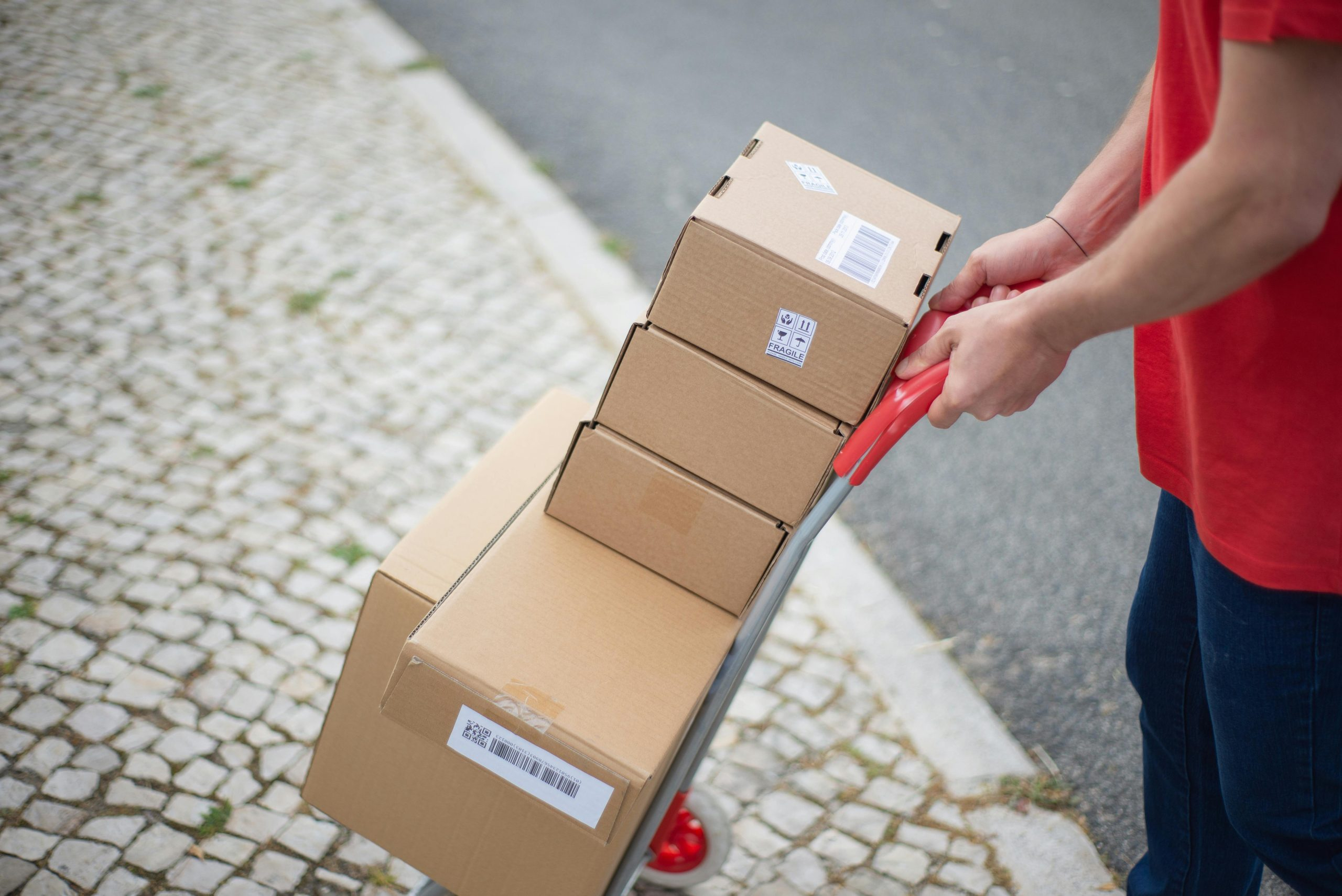Drones Are Revolutionizing Last-Mile Delivery Solutions
Drones are no longer just a cool gadget for hobbyists and tech enthusiasts. They have evolved to become an essential part of many industries, and one of the most prominent areas they are revolutionizing is last-mile delivery solutions. For decades, the delivery of packages and goods from distribution centers to customers’ homes has been a significant challenge for companies. However, with drones entering the scene, last-mile delivery is becoming more efficient, cost-effective, and environmentally friendly. Let’s take a closer look at how drones are transforming last-mile delivery solutions and what it means for the future of logistics.
The Rise of Drones in Delivery
Drones, also known as unmanned aerial vehicles (UAVs), have been around for quite some time now. However, it was only in recent years that they gained popularity and started making headlines for their potential in the delivery industry. The first-ever delivery made by a drone was in 2016 when a drone delivered a package of popcorn and a TV streaming stick from Amazon’s fulfillment center to a nearby customer’s home in the UK. This event marked the beginning of a new era in the logistics industry.
Since then, many companies have been testing and developing drones for delivery purposes. Amazon, Google, UPS, DHL, and some major retailers have all invested in drone technology and conducted successful trials. The increasing demand for faster and more efficient deliveries, coupled with advancements in drone technology, has led to the rapid adoption of drones in the delivery industry.
The Advantages of Using Drones for Last-Mile Delivery
Speed and Efficiency
One of the primary reasons why drones are revolutionizing last-mile delivery solutions is their speed and efficiency. Traditional delivery methods, such as vans and trucks, have to navigate through traffic and deal with other road obstacles, causing significant delays. On the other hand, drones can travel in a straight line, avoiding traffic and reaching their destination faster. A drone can handle multiple deliveries in one flight, further reducing the time and cost of delivery.
Cost-Effectiveness
The use of drones for last-mile delivery can also significantly reduce costs for companies. With fewer vehicles and drivers needed for deliveries, logistics companies can reduce their expenses on fuel, maintenance, and personnel. Drones are also relatively easy to operate, requiring minimal training and reducing the need for skilled labor.
Environmental Benefits
Drones are not just efficient and cost-effective, but they are also environmentally friendly. Traditional delivery methods contribute to air pollution through vehicle emissions and have a significant carbon footprint. Drones, on the other hand, run on electricity and emit zero emissions, making them a more sustainable option for deliveries.
Challenges and Future of Drone Delivery
While drones have shown great potential in transforming last-mile delivery solutions, there are still some challenges that need to be addressed before they can be fully integrated into the logistics industry. One of the biggest concerns is safety, especially in crowded cities. The use of drones also raises privacy issues, as they can capture images and videos while making deliveries.
Furthermore, regulations and guidelines are still being developed to ensure the safe and responsible use of drones in the delivery industry. Various countries have different laws and restrictions concerning the use of drones, which can create complications for companies operating globally.
Despite these challenges, the future of drone delivery looks promising. With further advancements in technology and regulations, drones can become an integral part of last-mile delivery solutions. Companies are also exploring new ways to utilize drones, such as for delivery to remote and inaccessible areas or even for delivering medical supplies during emergencies.
Conclusion
In conclusion, drones are revolutionizing last-mile delivery solutions by providing efficient, cost-effective, and environmentally friendly alternatives. With their increasing popularity and continued development, they have the potential to change how we receive goods and packages. The benefits of using drones for delivery are undeniable, and with proper regulations and guidelines in place, drone delivery can become a mainstream option for logistics companies, leading to faster and more convenient delivery experiences for customers.










